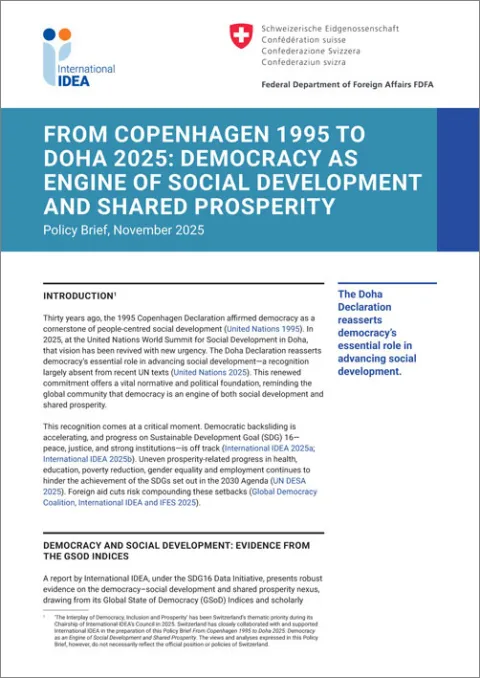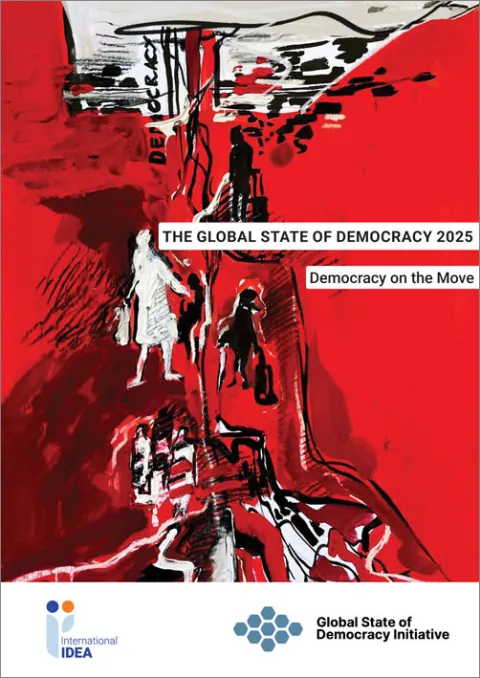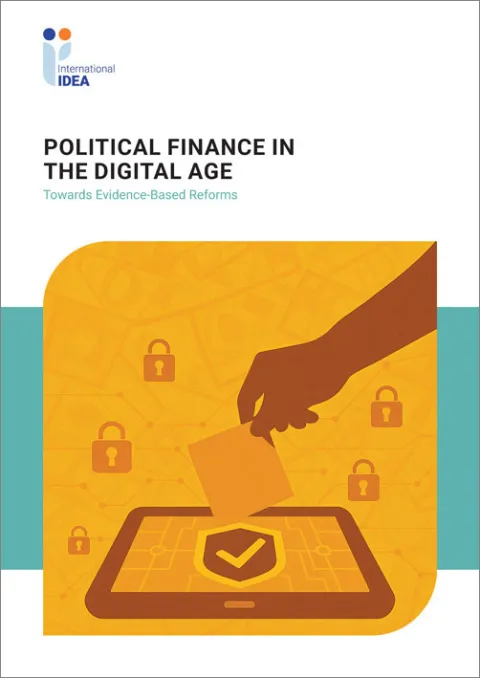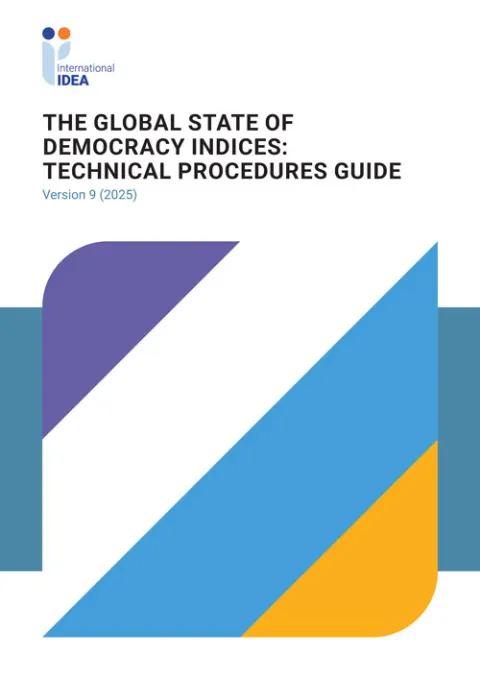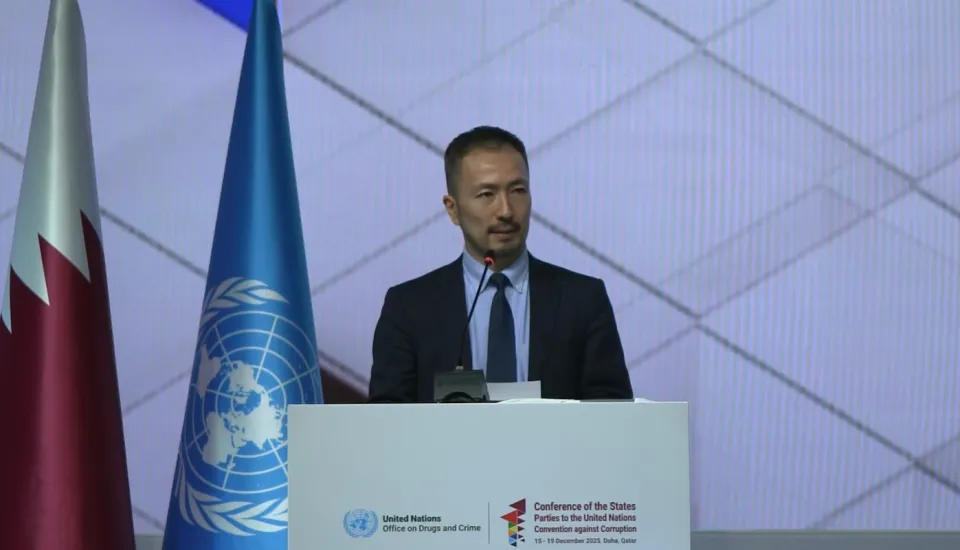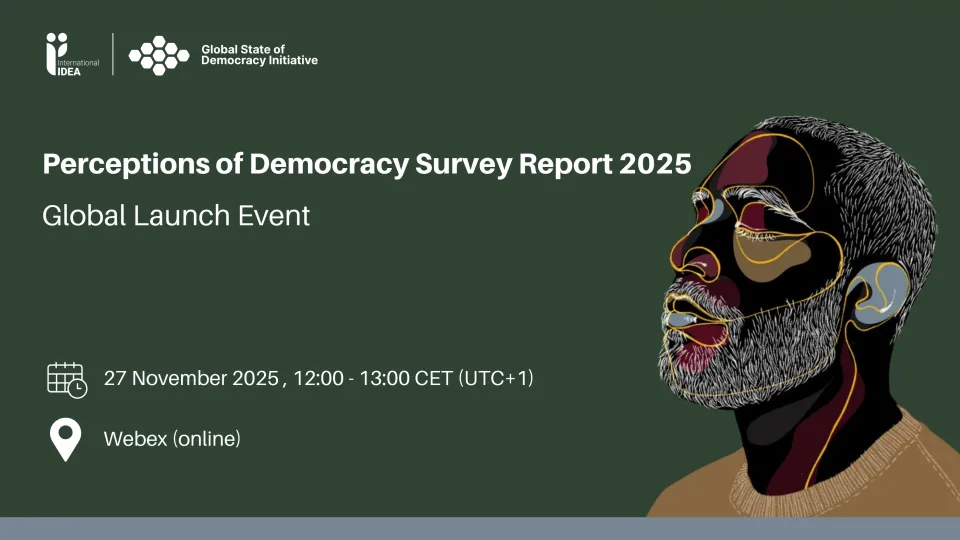Corruption and the Global State of Democracy Indices
The key findings on corruption derived from the most recent update to the Global State of Democracy (GSoD) Indices data are as follows.
- Global levels of corruption are at the same level in 2017 as they were in 1975.
- Apart from Latin America, which has seen some improvement in its regional Absence of Corruption score, all other regions have seen a slight decrease since 1975.
- Until 2006, more countries had seen significant declines in corruption than advances; this trend reversed after 2006 as more countries reduced their levels of corruption than increased them.
- This contrasts with other dimensions of democracy, which have all seen more countries declining than advancing since 2014 (for Fundamental Rights) and since 2016 (for Representative Government and Checks on Government).
- Between 2012 and 2017, levels of corruption reduced in 24 countries but increased in 13.
- In 2017, positive developments were driven by countries in Africa and Asia and the Pacific: 30 per cent of countries in Africa and 17 per cent of countries in Asia and the Pacific saw levels of corruption fall between 2012 and 2017.
- At the same time, 40 per cent of countries in Africa are in the 25th percentile in the world with the highest levels of corruption. Nonetheless, 45 per cent of the countries demonstrating progress over the past five years are still below the global average for Absence of Corruption.
- Overall improvements in democratic performance do not always result in less corruption. Among the countries that have improved their Representative Government scores since 1997, 50 per cent also improvedtheir Absence of Corruption scores, but 44 per cent did not.
- In 2017, 17 countries performed better than the global average score on Representative Government, but at or below the world average for Absence of Corruption. For these countries, improvements in democratic performance have therefore not been accompanied by reduced corruption. Of these countries, the largest share (47 per cent) are in Latin America and the Caribbean.
In November 2017 International IDEA launched the first edition of a new biennial report, The Global State of Democracy. The report provided evidence-based analysis and data on the global and regional state of democracy.
This GSoD In Focus showcases data on corruption derived from the GSoD Indices, which now covers a total of 158 countries for the period 1975–2017. More detailed analyses of regional findings will be included in the second edition of The Global State of Democracy, which will be published in November 2019.
Details
Contents
Summary of findings
1. Introduction
2. Trends in Absence of Corruption
3. Regional trends
4. Country-level trends
5. Corruption and democracy
6. The GSoD Indices and indicators of corruption
References
Give us feedback
Do you have a question or feedback about this publication? Leave us your feedback, and we’ll get back to you
Send feedbackCorruption and the Global State of Democracy Indices
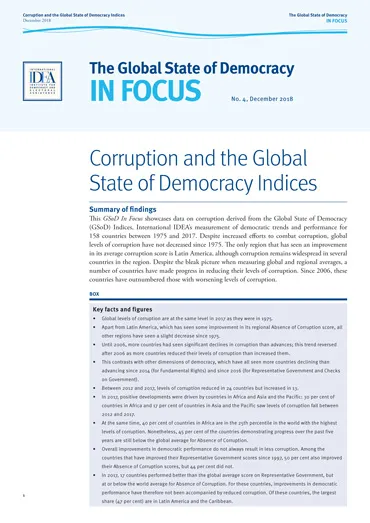
| Total views | 13146 |
|---|---|
| Downloads | 70 |
| Rating |
Give us feedback
Do you have a question or feedback about this publication? Leave us your feedback, and we’ll get back to you
Send feedback
